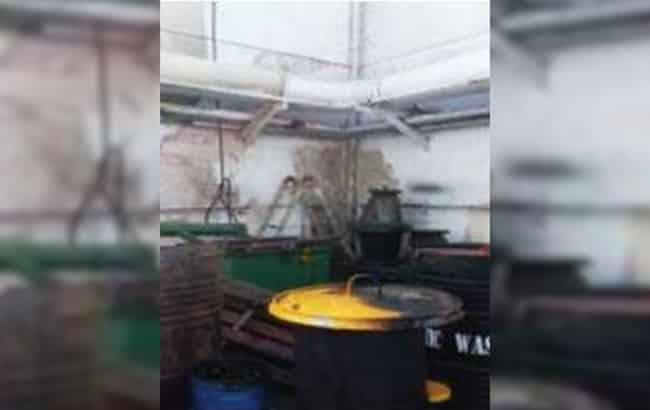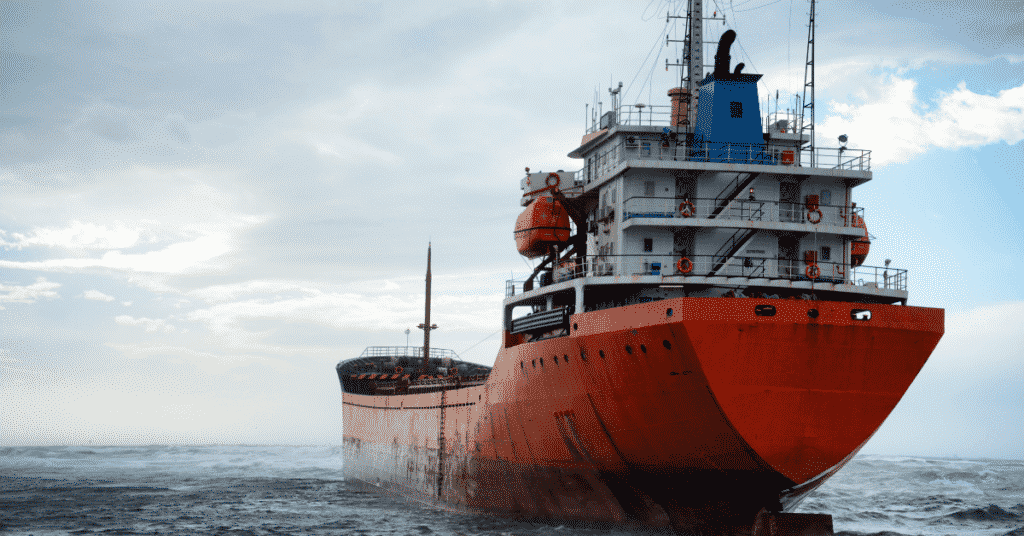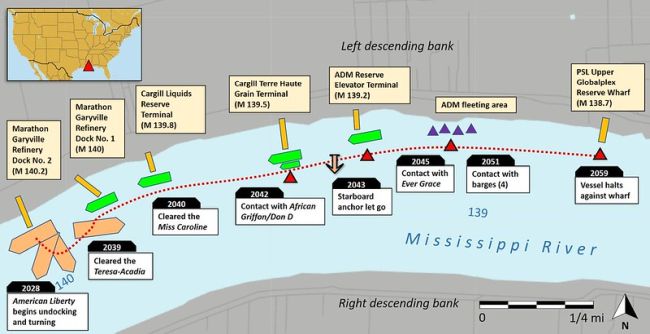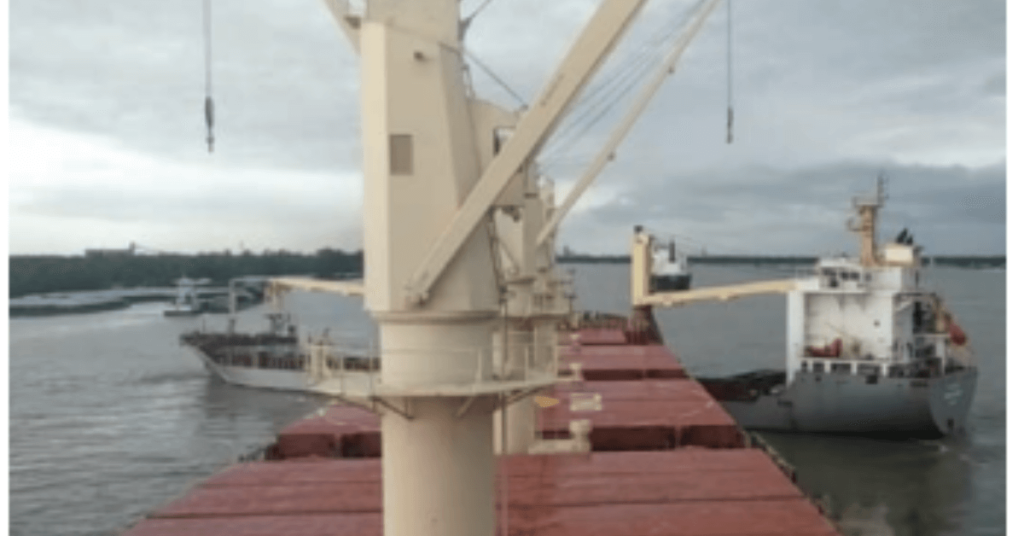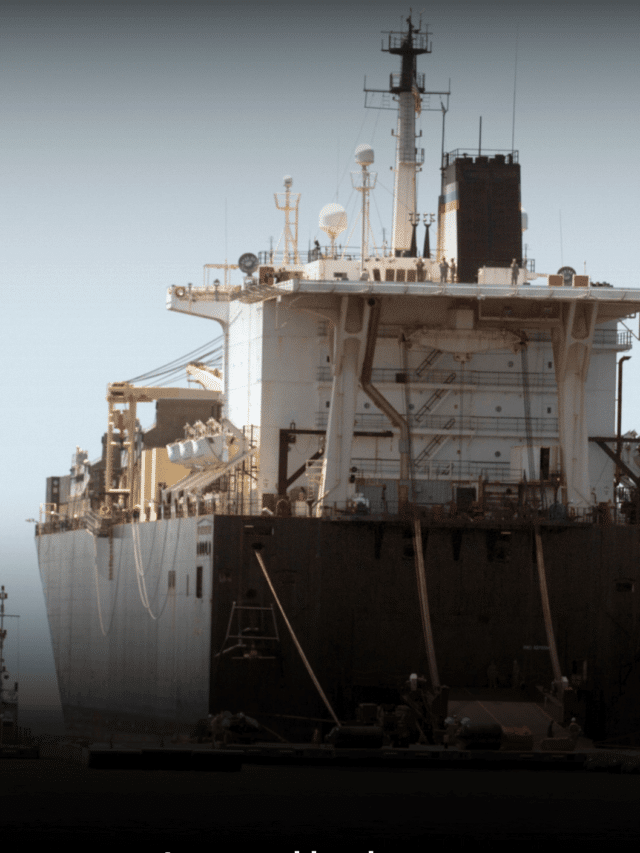Real Life Incident: Cargo Ship Blown Sideways And Collides With Barge
A general cargo ship was sailing in ballast and had passed through Dover Strait in the south-west traffic lane. The weather had deteriorated significantly with the approach of a strong storm, and the south-westerly wind and tidal stream substantially reduced the ship’s progress. The Master attempted to counter the effects of the weather by increasing main engine speed, but this resulted in the ship pitching heavily.
The pitching, coupled with the ballast condition, allowed the propeller to come clear of the water, causing the main engine to overspeed and shut down. This happened on several occasions, but the engineers were able to restart the engine promptly each time. The Master then realised it would be better to turn around and have the seas behind, so he attempted to turn the ship to starboard and steer a reciprocal course until the storm abated.
During the attempted turn, the vessel came beam-on to the sea and began rolling heavily. The effect of the wind on the ship’s structure overcame the turning moment of the rudder and made it impossible to complete the turn. Despite maintaining propulsion, the vessel was blown broadside over more than 7nm while the Master continued to try
to turn the vessel to starboard. The Master had considered deploying an anchor but thought that conditions were such that it was unsafe to allow an anchor party to operate on the forward deck.
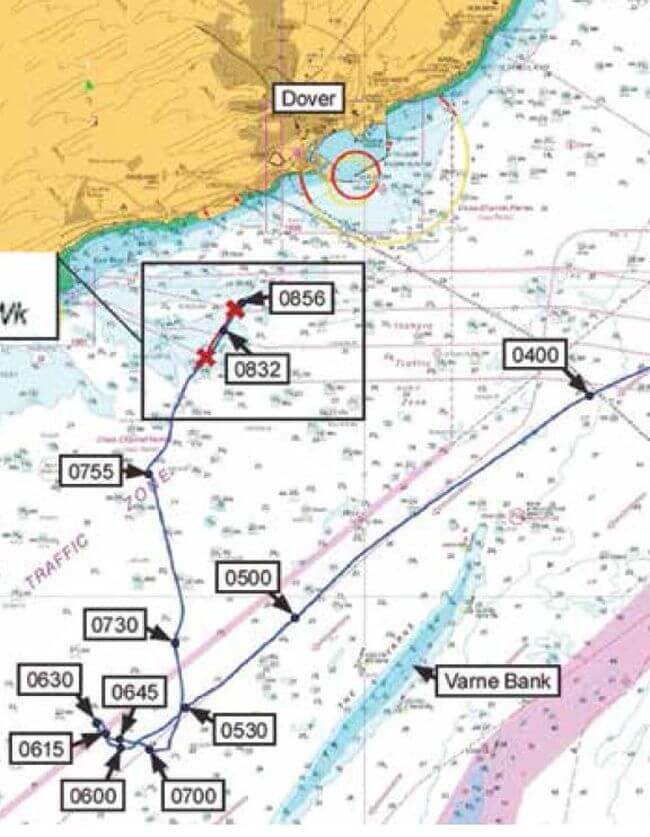
Finally, as the vessel drifted closer to shore and towards a rock barge that was anchored nearby, the vessel’s crew deployed both anchors. By now the vessel had gathered considerable sideways speed and was drifting near 9kt, so the anchors did not hold. To add to the confusion the rock barge was also dragging anchor. Both vessels dragged their anchors over two subsea cables, which were severed as a result. The general cargo vessel collided with the rock barge. At this point, the vessels remained locked together but stopped dragging anchor.
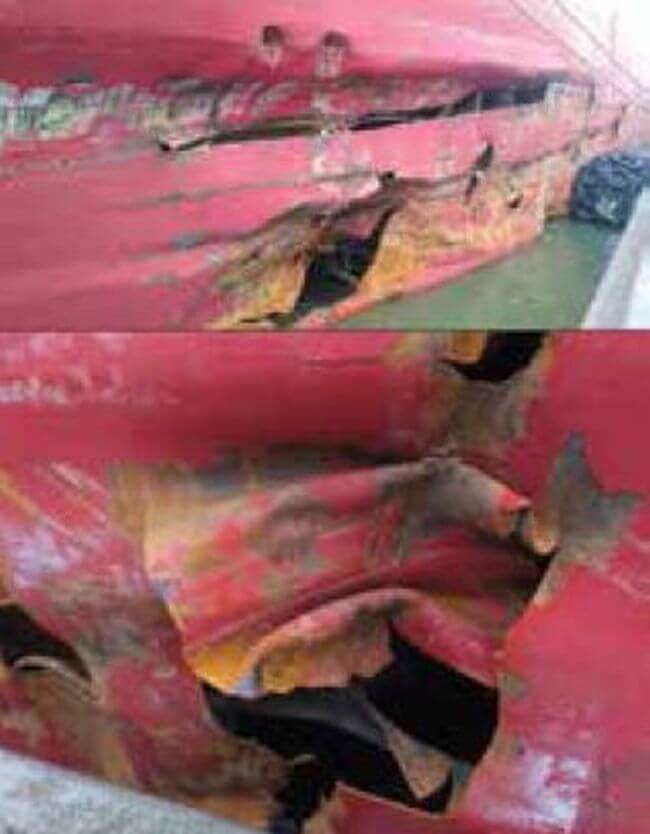
Lessons learned
- Good seamanship is, in part, anticipating weather and acting before conditions deteriorate.
- If severe weather impedes progress, good seamanship usually means having to heave-to and ride out the storm. It can also include deploying one or more anchors to supplement the ship’s propulsion in overcoming the effect of the weather.
- From this report, it is unclear what specific manoeuvres with helm and engine the Master was using to attempt to turn the vessel. Using robust astern thrust will often help bring the stern into the wind.
Reference: nautinst.org
Do you have info to share with us ? Suggest a correction
About Author
Marine Insight News Network is a premier source for up-to-date, comprehensive, and insightful coverage of the maritime industry. Dedicated to offering the latest news, trends, and analyses in shipping, marine technology, regulations, and global maritime affairs, Marine Insight News Network prides itself on delivering accurate, engaging, and relevant information.

About Author
Marine Insight News Network is a premier source for up-to-date, comprehensive, and insightful coverage of the maritime industry. Dedicated to offering the latest news, trends, and analyses in shipping, marine technology, regulations, and global maritime affairs, Marine Insight News Network prides itself on delivering accurate, engaging, and relevant information.
- Real Life Incident: Vessel Collision in Good Visibility
- Real Life Incident: Severe Injury To Deck Crew While Leaving Berth
- Real Life Incident: Departure Damage in Very Restricted Waterway
- Real Life Incident: Low Situational Awareness Has High Impact Consequence
- Real Life Incident: Fouled Anchor in a Designated Anchorage
- Real Life Incident: Fire On Barge Carrying Scrap Metal Causes $7 Million Worth Of Damage
Latest Case studies Articles You Would Like:
Subscribe To Our Newsletters
By subscribing, you agree to our Privacy Policy and may receive occasional deal communications; you can unsubscribe anytime.
Web Stories










